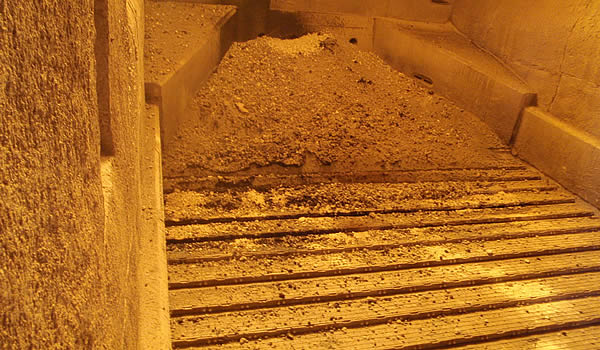
Optimum clinker cooler for cement works
CemProTec offers highly efficient cooling systems.
We have optimized almost all grate coolers established in the cement industry.
Our clinker cooler technology offers:
Services
We are at your disposal with our experience for all questions about the clinker cooler. Whether consulting, audit, planning, maintenance or process optimization - with us you have the right partner.
 CemProTec Pendulum Grate Cooler PGC
CemProTec Pendulum Grate Cooler PGC
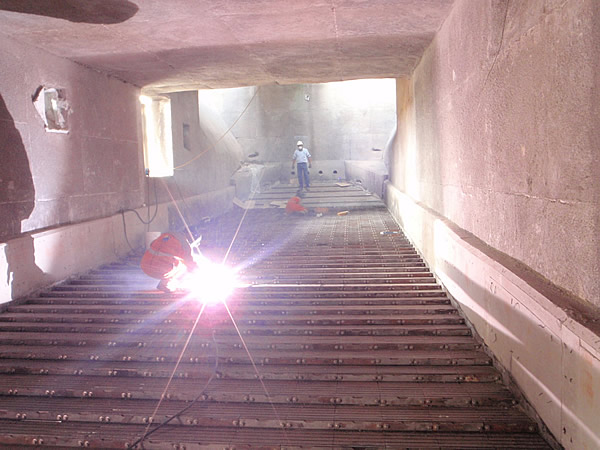
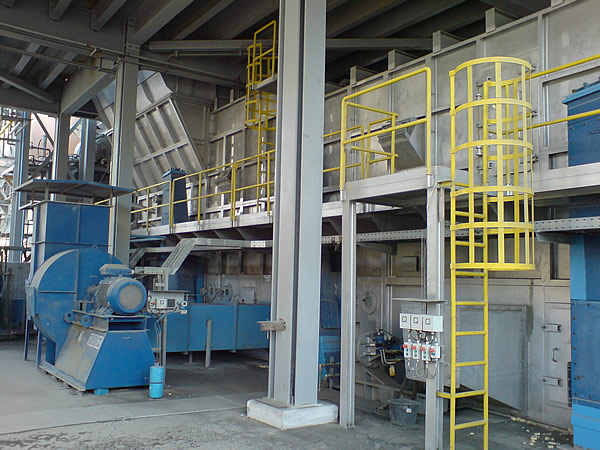
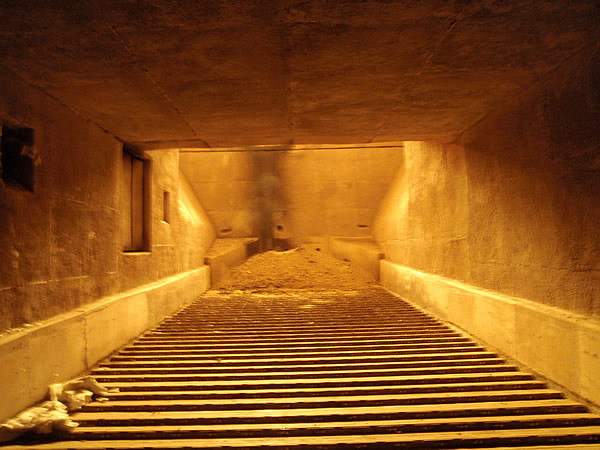
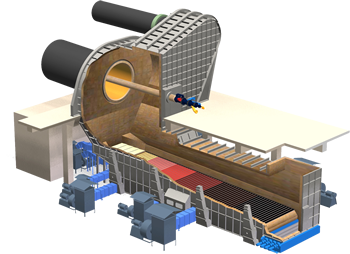
Features of the CemProTec Pendulum Grate Cooler:
 Smart Glider -
Smart Glider -
the walking floor cooler
with the highest process
and transport efficiency
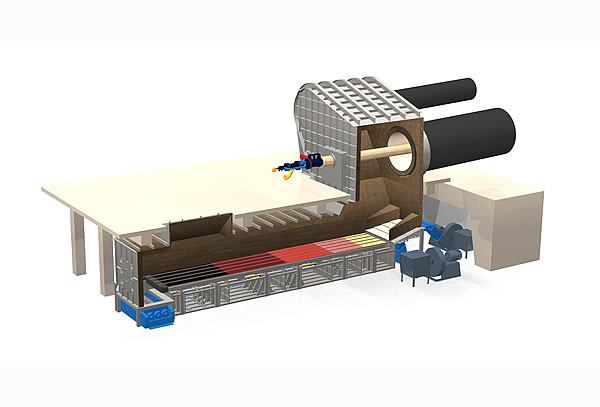
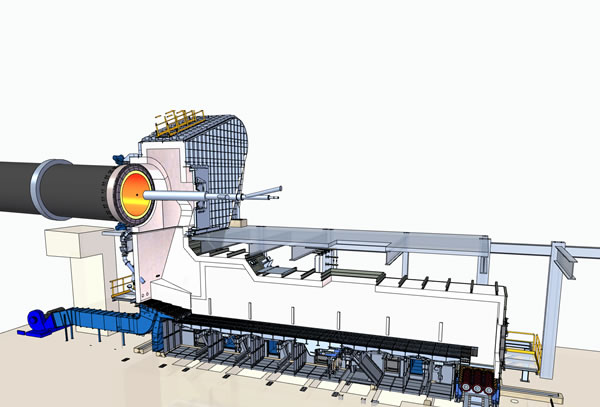
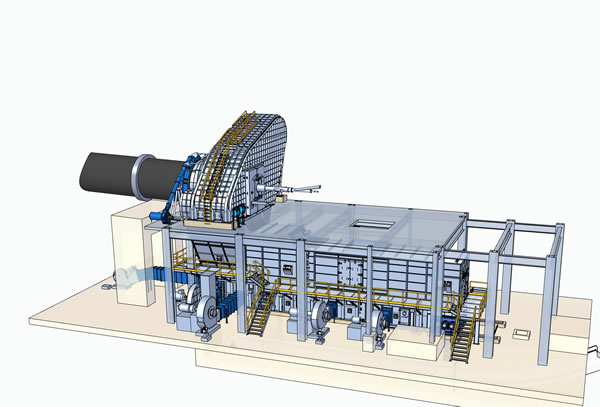

 Revolving Disc Cooler RDC
Revolving Disc Cooler RDC
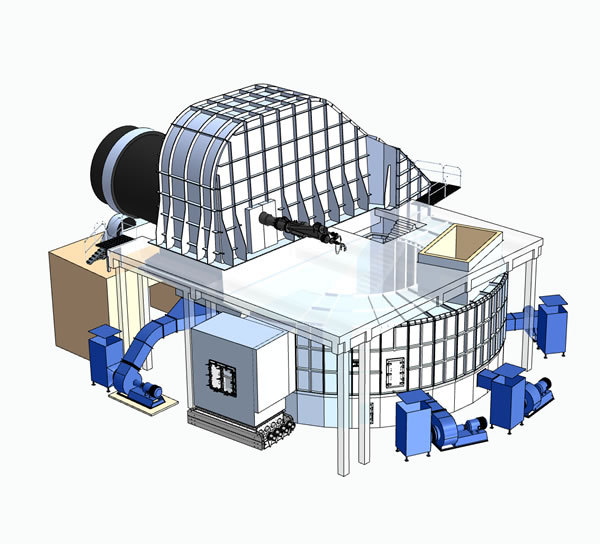
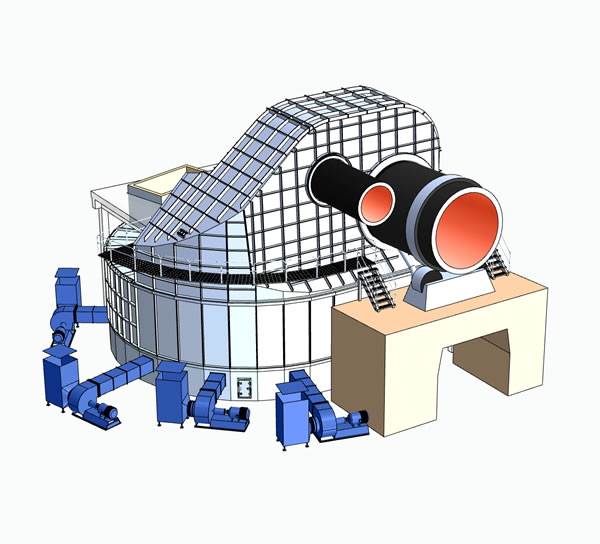
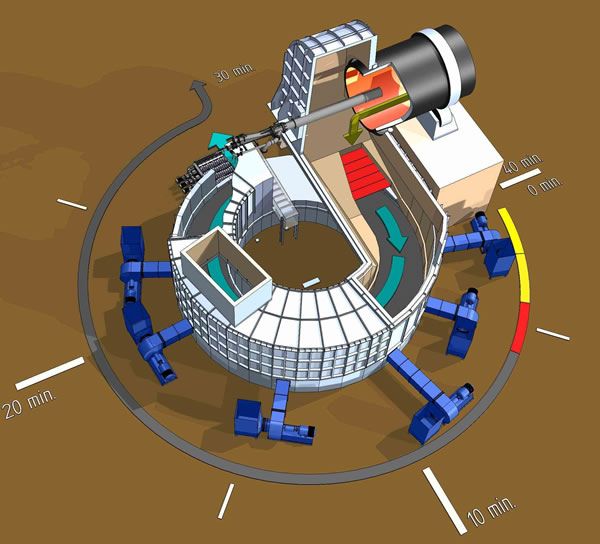
 Clinker Distribution System CDS (static grate)
Clinker Distribution System CDS (static grate)
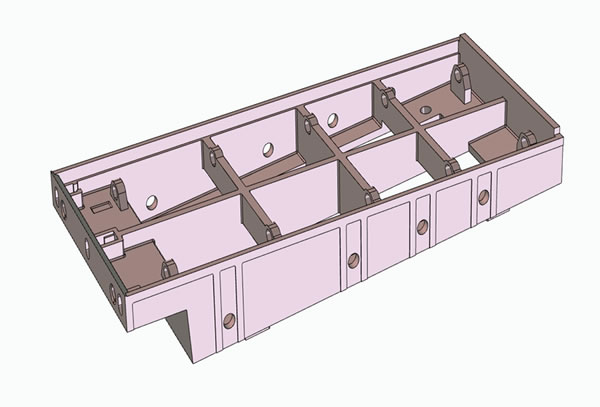
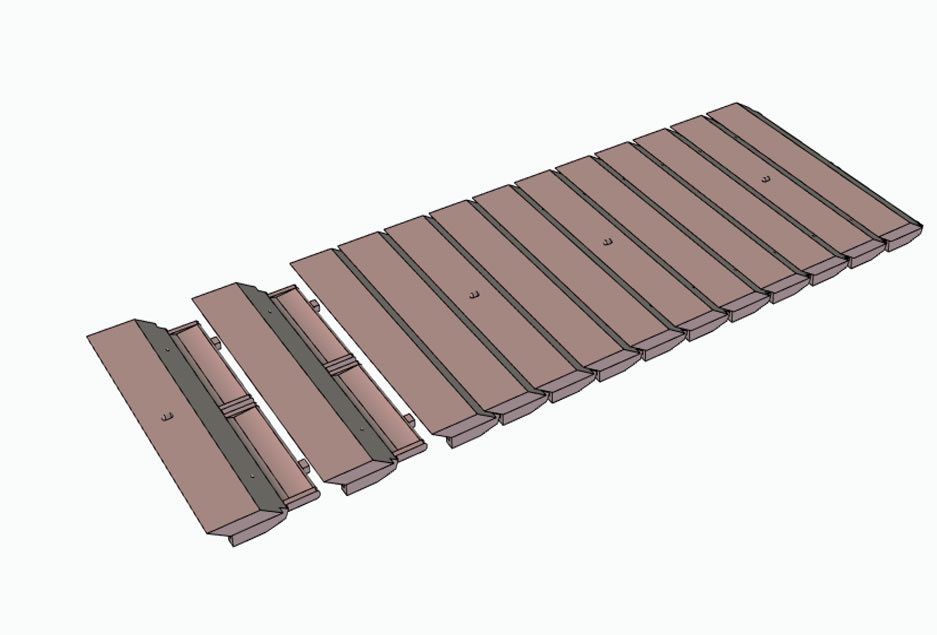
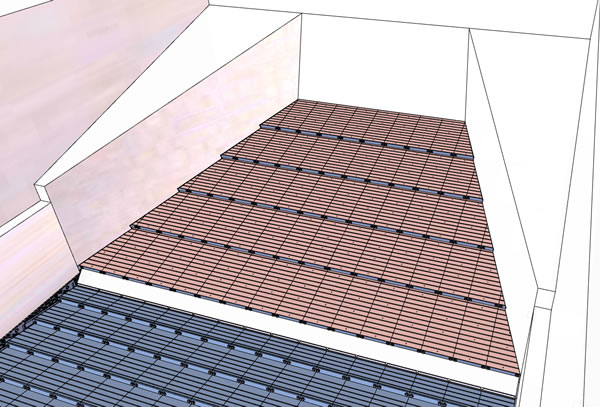
 Smart Blade grate system
Smart Blade grate system
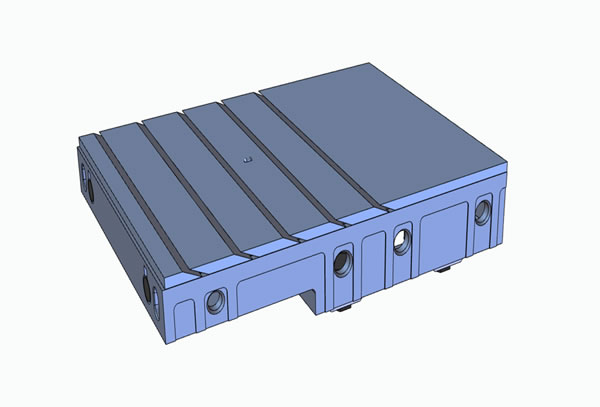
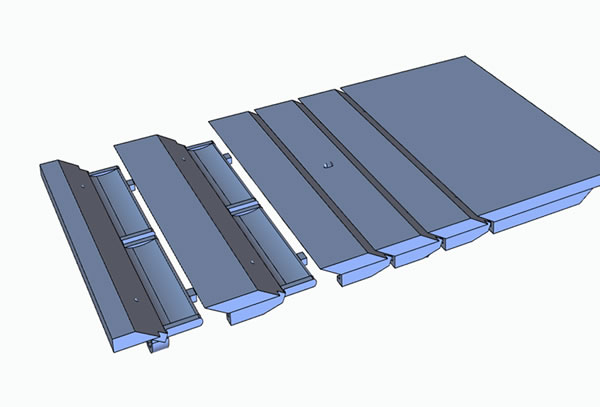
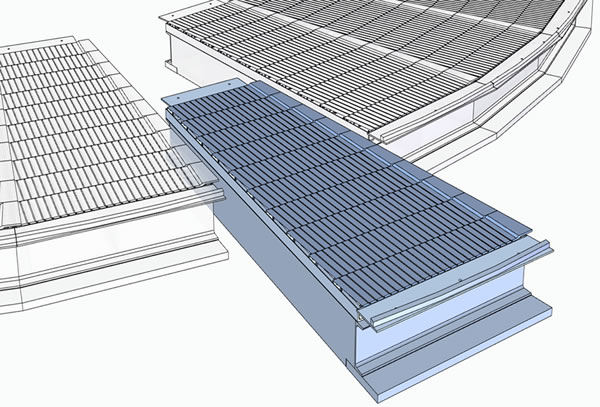
 Kiln hood and kiln outlet seal
Kiln hood and kiln outlet seal
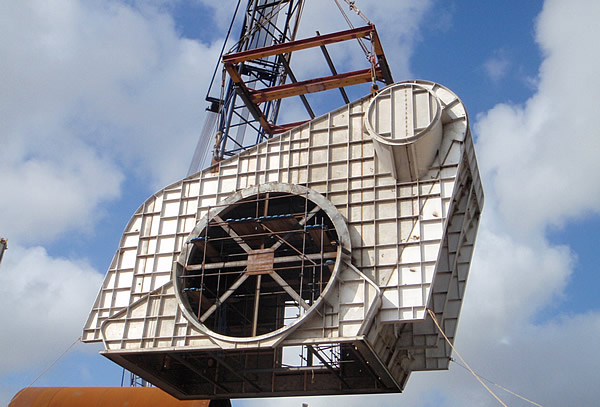
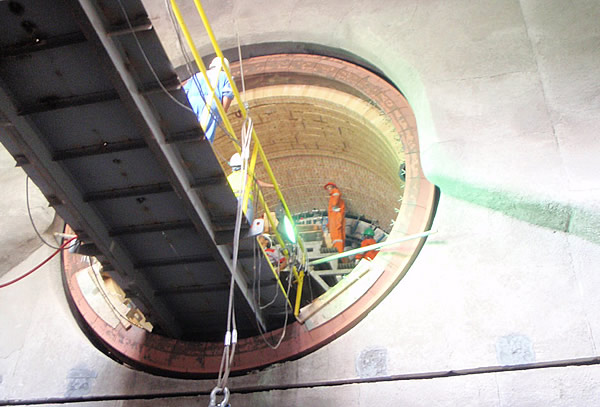
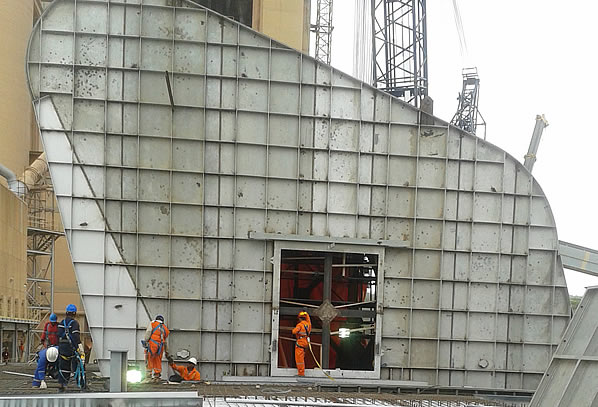
 CemProTec Roller Crusher
CemProTec Roller Crusher
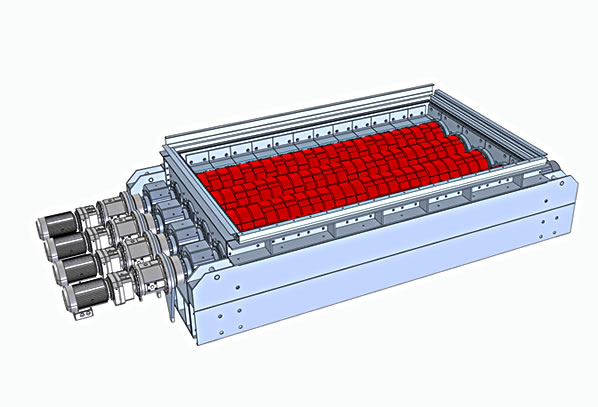
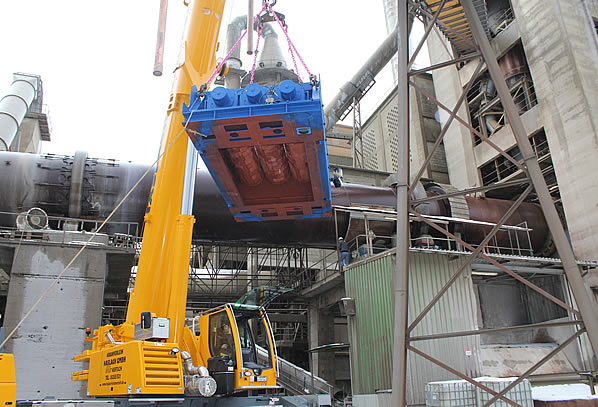
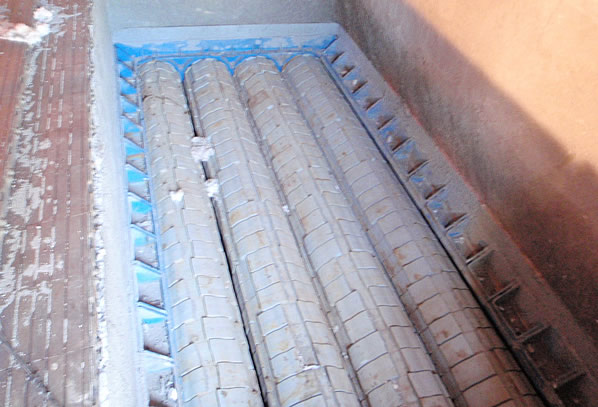
CemProTec offers highly efficient cooling systems.
We have optimized almost all grate coolers established in the cement industry.
Our clinker cooler technology offers:
Cooler types
|
CemProTec Pendulum Cooler |
CemProTec Smart Glider Cooler |
|
CemProTec Revolving Disc Cooler  |
Optimizations
|
CemProTec Clinker Distribution System CDS |
|
Smart Blade grate system for various coolers |
|
CemProTec Roller Crusher |
|
Kiln hood and kiln outlet seal |
Services
We are at your disposal with our experience for all questions about the clinker cooler. Whether consulting, audit, planning, maintenance or process optimization - with us you have the right partner.
 CemProTec Pendulum Grate Cooler PGC
CemProTec Pendulum Grate Cooler PGC



The CemProTec Pendulum Grate Cooler PGC consists of a swing frame that is suspended wear-free on long spring steel packages and is driven by 2 hydraulic cylinders.
The synchronization of the cylinders is highly precise and thus reduces the forces in the system. As with all CemProTec coolers, the pendulum grate is preceded by a CDS fixed grate. The pendulum grate is preferably followed by a roller crusher at the cooler end.
The synchronization of the cylinders is highly precise and thus reduces the forces in the system. As with all CemProTec coolers, the pendulum grate is preceded by a CDS fixed grate. The pendulum grate is preferably followed by a roller crusher at the cooler end.
Features of the CemProTec Pendulum Grate Cooler:
- Clinker distribution system CDS
- Smart blade grate system with horizontal aeration by Coanda effect and no gaps between the grate plates
- Side seal system for constant side gaps at all temperatures and quick maintenance
- Roller crusher with electric drive and adjustable crushing gaps
- Hydraulic grate drive with precisely synchronized cylinders
- A large kiln hood ensures very low gas velocities and a "clear" flame at the burner. Less dust reduces refractory wear
- Modular design of all important key components
 Smart Glider -
Smart Glider - the walking floor cooler
with the highest process
and transport efficiency



Walking-Floor transport in combination with Smart Blades is the consistent implementation of this transport technology in terms of transport efficiency and sealability. It completes this current generation of coolers.
An even distribution of air above the grate surface without a dead layer is the base for optimal transport and cooling of the clinker. The clinker is carried towards the crusher simultaneously and wear-free on the forward stroke by all lanes.
During the return stroke, the layer of clinker is held back from the neighboring lanes by the friction in the clinker bed, while the aerated, low-friction grate lane slides back.
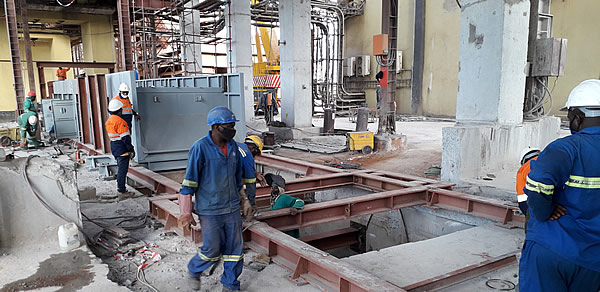
Consequently, the transport efficiency is almost 100% and the wear is far less than half compared to the reciprocating grate cooler with its movable and fixed grate rows.
The temperature profile in the clinker bed follows the cross-flow heat exchange almost perfectly. With the targeted use of individual lifting Smart Blades, air channels in the clinker bed are repeatedly changed on the grate floor and penetration of the clinker bed is optimized.
The clinker bed opened on the fixed grate CDS remains and is not closed again by mechanical compression during transport. The lower pressure drop is maintained over the entire residence time in the cooler. This reduces the electrical power consumption for the drive and cooling fans.
An even distribution of air above the grate surface without a dead layer is the base for optimal transport and cooling of the clinker. The clinker is carried towards the crusher simultaneously and wear-free on the forward stroke by all lanes.
During the return stroke, the layer of clinker is held back from the neighboring lanes by the friction in the clinker bed, while the aerated, low-friction grate lane slides back.

Consequently, the transport efficiency is almost 100% and the wear is far less than half compared to the reciprocating grate cooler with its movable and fixed grate rows.
The temperature profile in the clinker bed follows the cross-flow heat exchange almost perfectly. With the targeted use of individual lifting Smart Blades, air channels in the clinker bed are repeatedly changed on the grate floor and penetration of the clinker bed is optimized.
The clinker bed opened on the fixed grate CDS remains and is not closed again by mechanical compression during transport. The lower pressure drop is maintained over the entire residence time in the cooler. This reduces the electrical power consumption for the drive and cooling fans.
- Highest heat recovery
- Reduction of power consumption from typically more than 7 kWh/t to less than 3.5 kWh/t
- Colder clinker outlet temperature after the crusher
- Significantly fewer air breakthroughs and dust generation, for a clean flame and less dust recirculation
- More than 95% transport efficiency and the ability to operate at the optimum clinker bed height
- Perfect aeration and self-cooling thanks to Smart Blades with the Coanda effect
- Safe and reliable sealing between static grate CDS and moving lanes
- No grate spillage and wear between the grate lanes thanks to our Smart Seal
- No more vacuuming required to free the grate surface with pocket plates from the dead layer

 Revolving Disc Cooler RDC
Revolving Disc Cooler RDC



The Revolving Disc Cooler is nothing less than the ultimate clinker cooler and perfectly suitable for Oxyfuel. The perfect cross-flow heat exchanger, mechanically robust and highly energy-efficient. It is the no-frills design that convinces in every detail. The design for different capacities is freely scalable and requires no compromises.
The kiln discharges the clinker onto the fixed grate CDS arranged at right angles. The coarse clinker forms the base layer on which the fine clinker falls. The fixed grate distributes the clinker across the width of the grate. After about 300-degree angle or 40 minutes, the clinker bed is pulled from the grate surface onto the roller crusher on the annular surface. There is no more moving heavy steel and clinker masses back and forth.
The grate system can be operated spillage free without any chamber aeration. The chamber partitions are reliably tight. This makes the RDC ideal for oxyfuel.
The kiln discharges the clinker onto the fixed grate CDS arranged at right angles. The coarse clinker forms the base layer on which the fine clinker falls. The fixed grate distributes the clinker across the width of the grate. After about 300-degree angle or 40 minutes, the clinker bed is pulled from the grate surface onto the roller crusher on the annular surface. There is no more moving heavy steel and clinker masses back and forth.
The grate system can be operated spillage free without any chamber aeration. The chamber partitions are reliably tight. This makes the RDC ideal for oxyfuel.
- Simple and unique clinker cooler concept
- For each kiln capacity – the kiln grows with diameter and so does the cooler
- 100% transport efficiency
- Highest process efficiency – perfect cross-flow heat exchanger
- Hardly any wear and maintenance
- Extremely low gas velocities at the kiln hood and take-offs such as tertiary, middle and exhaust air
- Short burner
- Low volume of cooling air and therefore exhaust air
- Electric drive for continuous movement
- Lowest power consumption
- CDS and Smart Blade grate system are tried and tested and free from spillage
- Easy operation and control of the cooler
- New control options for kiln and cooler
 Clinker Distribution System CDS (static grate)
Clinker Distribution System CDS (static grate)



The key to successful clinker cooling is based on the clinker distribution. More precisely, in the creation of a clinker bed that can be penetrated evenly by the cooling air.
Previous approaches have only achieved this task to a very limited extent. Flow regulators only work for a fixed flow rate and require high pressure or electricity. High grate resistance requires even higher fanpressure and the corresponding air throughput can hardly be achieved with radial fans. The outdated so-called air beam aeration suffers from high pressure losses in the air ducts and an unpredictable uneven air distribution within the air beam.
CemProTec has opted for the most efficient solution, fluidization. Technically, it is a process in which a granular material is transformed from a static solid-like state to a dynamic liquid-like state. For the distribution of the clinker, this means that the air penetrades a bed of clinker to such an extent that its components can be distributed quite freely. A prerequisite is a very even distribution of the air between the grate and the clinker bed, which is achieved by means of a horizontal air discharge and a small distance between the outlet openings. In practice, a combination of 15° fixed grate inclination with >10° slab inclination on the one hand and an air pressure of about 70% to 75% above the grate surface compared to the weight pressure of the clinker bed (100%) has proven to be very advantageous.
Fluidization is work and therefore takes time. The grain size distribution and the specific grate load (t/m²,d) influence the result. The better the distribution, the lower the pressure drop in the clinker bed on the subsequent grate section.
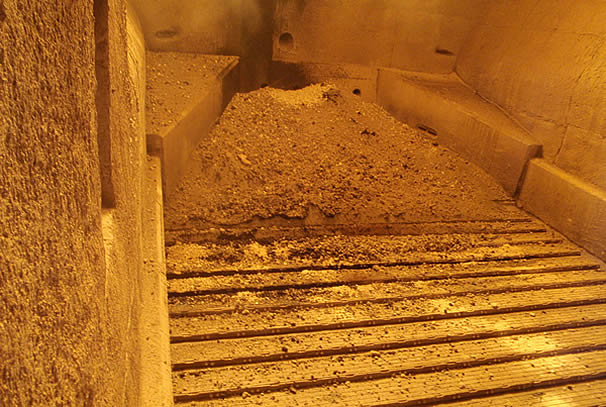
CemProTec has developed a corresponding type of static grate, the CDS (Clinker Distribution System). The aim is to achieve high air density, that means to provide a high air volume for a specific grate area with the lowest power consumption.
At the same time, the cooling air should be distributed and directed to where it is needed. No other system is as efficient and reliable as our CDS. It consists of a honeycomb support structure with an integrated multi-chamber air box. This system enables extremely flexible air distribution with negligible pressure losses. It can be fully customized to the actual kiln discharge.
Smart Blades ensure perfectly even air distribution over the grate surface. An air cushion is formed on which the clinker slides down the inclined grate. The clinker bed is fluidized and therefore flat. A very strong and rapid cooling of the clinker at the point of impact prevents caking and thus the formation of snowmen. Visible proof is the extraordinary clinker transport. The even penetration of the clinker bed provides a high and constant secondary/tertiary air flow to the kiln system.
The fixed grate thus stabilizes the kiln system and increases heat recovery. The high airflow from the fixed grate brings the neutral point closer to the kiln, thus reducing airflow under the bullnose and cooler ceiling.
Previous approaches have only achieved this task to a very limited extent. Flow regulators only work for a fixed flow rate and require high pressure or electricity. High grate resistance requires even higher fanpressure and the corresponding air throughput can hardly be achieved with radial fans. The outdated so-called air beam aeration suffers from high pressure losses in the air ducts and an unpredictable uneven air distribution within the air beam.
CemProTec has opted for the most efficient solution, fluidization. Technically, it is a process in which a granular material is transformed from a static solid-like state to a dynamic liquid-like state. For the distribution of the clinker, this means that the air penetrades a bed of clinker to such an extent that its components can be distributed quite freely. A prerequisite is a very even distribution of the air between the grate and the clinker bed, which is achieved by means of a horizontal air discharge and a small distance between the outlet openings. In practice, a combination of 15° fixed grate inclination with >10° slab inclination on the one hand and an air pressure of about 70% to 75% above the grate surface compared to the weight pressure of the clinker bed (100%) has proven to be very advantageous.
Fluidization is work and therefore takes time. The grain size distribution and the specific grate load (t/m²,d) influence the result. The better the distribution, the lower the pressure drop in the clinker bed on the subsequent grate section.

CemProTec has developed a corresponding type of static grate, the CDS (Clinker Distribution System). The aim is to achieve high air density, that means to provide a high air volume for a specific grate area with the lowest power consumption.
At the same time, the cooling air should be distributed and directed to where it is needed. No other system is as efficient and reliable as our CDS. It consists of a honeycomb support structure with an integrated multi-chamber air box. This system enables extremely flexible air distribution with negligible pressure losses. It can be fully customized to the actual kiln discharge.
Smart Blades ensure perfectly even air distribution over the grate surface. An air cushion is formed on which the clinker slides down the inclined grate. The clinker bed is fluidized and therefore flat. A very strong and rapid cooling of the clinker at the point of impact prevents caking and thus the formation of snowmen. Visible proof is the extraordinary clinker transport. The even penetration of the clinker bed provides a high and constant secondary/tertiary air flow to the kiln system.
The fixed grate thus stabilizes the kiln system and increases heat recovery. The high airflow from the fixed grate brings the neutral point closer to the kiln, thus reducing airflow under the bullnose and cooler ceiling.
 Smart Blade grate system
Smart Blade grate system



The Smart Blade grate system consists of individual interlocking grate elements (Smart Blades) that are placed on different types of frames and fastened with rods. The name Smart Blades is based on the diverse use of this system for various types of coolers. Using the Coanda effect, Smart Blades generate horizontal air jets for even aeration of the grate surface and thus ensure a kind of air cushion between the grate surface and the clinker.
Smart Blades are air permeable but not clinker permeable. The parallel slots have some mechanical play and are deliberately not fixed. Therefore, clinker grains can loosen and the slot can clean itself.
The air flows at high speed in the transport direction through the slots between the Smart Blades, cooling the top and bottom of the Smart Blades and then the clinker bed above. When heat is applied, the Smart Blade grate system can expand in all directions. This no-fuss system offers long grate life and easy and quick maintenance when needed.
Smart Blades are air permeable but not clinker permeable. The parallel slots have some mechanical play and are deliberately not fixed. Therefore, clinker grains can loosen and the slot can clean itself.
The air flows at high speed in the transport direction through the slots between the Smart Blades, cooling the top and bottom of the Smart Blades and then the clinker bed above. When heat is applied, the Smart Blade grate system can expand in all directions. This no-fuss system offers long grate life and easy and quick maintenance when needed.
 Kiln hood and kiln outlet seal
Kiln hood and kiln outlet seal



Current kiln systems produce finer clinker and much more dust. With lower heat consumption, the amount of recuperative air has become smaller and therefore the secondary and tertiary air temperatures are much higher nowadays.
Dust tends to become sticky at high temperatures and adversely affects the flame and desired burning efficiency. It is therefore important to reduce the dust content in the cooler and especially in the kiln hood and tertiary air duct. A dust settling chamber requires space, maintenance, and ultimately dust removal to the cooler or transport system. Lower gas velocities can easily and effectively reduce the dust without additional settling chamber.
CemProTec has been building kiln hoods for gas velocities <4 m/s for many years. This significantly reduced dust recirculation and the associated heat losses through reheating. Another side effect is cleaner tertiary air ducts and less wear on the refractory. The demand for large kiln hoods for low gas velocities is remarkably high.
CemProTec offers such kiln hood together with kiln hood outlet seals.
Dust tends to become sticky at high temperatures and adversely affects the flame and desired burning efficiency. It is therefore important to reduce the dust content in the cooler and especially in the kiln hood and tertiary air duct. A dust settling chamber requires space, maintenance, and ultimately dust removal to the cooler or transport system. Lower gas velocities can easily and effectively reduce the dust without additional settling chamber.
CemProTec has been building kiln hoods for gas velocities <4 m/s for many years. This significantly reduced dust recirculation and the associated heat losses through reheating. Another side effect is cleaner tertiary air ducts and less wear on the refractory. The demand for large kiln hoods for low gas velocities is remarkably high.
CemProTec offers such kiln hood together with kiln hood outlet seals.
 CemProTec Roller Crusher
CemProTec Roller Crusher



Each clinker cooler is equipped with a crusher. Hammer crushers are no longer up-to-date because they generate a lot of dust, put a corresponding strain on the filter, have a high level of wear and tear and cannot process larger chunks. T
he roller crusher is a robust and reliable machine. The centerpiece are the crushing rings with asymmetrical contours and different crushing pockets. The crushing pockets are distributed on the outer circumference and ensure that the clinker is drawn in. The crushing takes place at the edges of the crushing pockets. The robust, movable bearing stations allow the crushing gaps to be adjusted within certain limits.
Planetary gear motors serve as an optimal drive. They require little maintenance, are easy to control and ensure high reliability and a long service life. The speeds of the individual rollers vary between 4 and 8 revolutions per minute. All rollers are reversible. A central lubrication is attached to the housing.
The entire crusher can be placed on rollers for maintenance and pulled out as a single unit.
he roller crusher is a robust and reliable machine. The centerpiece are the crushing rings with asymmetrical contours and different crushing pockets. The crushing pockets are distributed on the outer circumference and ensure that the clinker is drawn in. The crushing takes place at the edges of the crushing pockets. The robust, movable bearing stations allow the crushing gaps to be adjusted within certain limits.
Planetary gear motors serve as an optimal drive. They require little maintenance, are easy to control and ensure high reliability and a long service life. The speeds of the individual rollers vary between 4 and 8 revolutions per minute. All rollers are reversible. A central lubrication is attached to the housing.
The entire crusher can be placed on rollers for maintenance and pulled out as a single unit.







